“ For some years I have been afflicted with the belief that flight is possible to man. My disease has increased in severity and I feel that it will soon cost me an increased amount of money if not my life.” (Orville and Wilber Wright)
Ohio does not usually function as a tourist friendly place as one travels from town to town. However, with a sufficient amount of research at hand, plenty of interesting sites can be discovered at unanticipated times as you look around the the state on your own. In our case, we’ve reached the home stretch of our current summer adventure and will be making daily headway back to South Florida from Cleveland this week. Yet as we shifted more to the west as we began our latest route down to home, one particular site of historic interest traveling immediately caught my eye. Thus we decided to make a first time, side trip off off of Interstate 75 to Dayton Aviation Heritage National Historic Park. For I became curious to obtain firsthand knowledge of Orville and Wilbur’s aviation heroics in their hometown that inspired them to pioneer the first powered airplane flight.
Taking a quick look at the National Park brochure, I noticed at least six different sites of possible interest around Dayton concerning Wright Brothers aeronautical interest that morning. Based on our travel schedule, however, we would limit our visits to only two of them as briefly described below.
1) Wright- Dunbar Visitor Center – This exhibition documented the various phases of Orville and Wilbur Wright’s life with particular focus on their aviation work in the Dayton area. A separate area not included in this blog showcased the life and works of Dayton resident Paul Lawrence Dunbar, renowned poet of his times.
2) Huffman Prairie Flying Field -We walked around the actual grounds of a Dayton farm field used by the Wright Brothers to construct and flight test their prototype flying vehicles. It’s considered by many as the first flight airstrip ever used for airborne travel. A reconstructed storage shed and catapult launching stand to assist plane takeoff mark the spot of this runway.
Now I invite you to read further below what I’ve learned about that the genius of Wilbur and Orville Wright with respect to mastering the technical science of airborne flight in a most readable fashion.
When you soar over the earth below in an airplane, imagine how a bird in your neighborhood similarly masters the element of flight. First it needs a sufficient thrust of air power to lift itself airborne from its flapping wings causing moving air to flow above and below their angle of ascent. Being airborne now, a bird’s wings as well as it’s tail now critically adjust to the wind to steer a path smoothly for them forward in the air. At other times, a bird can quickly alter its wing angle to change their directional movement of up, down, sideways, and reverse. At times, a birds can even glide effortlessly if the air flow currents striking their motionless wings are right.
Such fundamental principles of thrust, lift, control, and power presented a formidable challenge for those who wished to build flying machines at the turn of the 20th century. But Wilber and Orville Wright , two young bicycle mechanics from Dayton, Ohio dared to fly like a bird as they tinkered around their shop with new airborne designs. When the brothers first sketched and then built simple gliders, they discovered how altering specific wing angles showed promise to rise and fall smoothly in the air. But from a practical perspective, they realized that true attainment of flight needed more than short, fleeting ascent from the ground So they built a small bi- plane, then added propellers and a small motor to further enhance their flying machine.
Although many people thought they were crazy to think that humans could fly in the air, they nevertheless began to test run their first airplane in a farm field near Dayton. Facing the uncertain prospect of flight crash failures and resultant pilot death, they stubbornly went back to the drawing board on many occasions to perfect a better airplane design. Moving their aeronautic operations to Kitty Hawk, North Carolina, Wilber and Orville on December 17,1903 they finally showed the world that their daring experiment of this mechanical bird could work. For although this first Wright Flyer lifted off the ground, lasting merely twelve seconds, a revolution in air flight travel now began. This event marked the first time in history that a motorized airplane heavier than air had flown successfully.
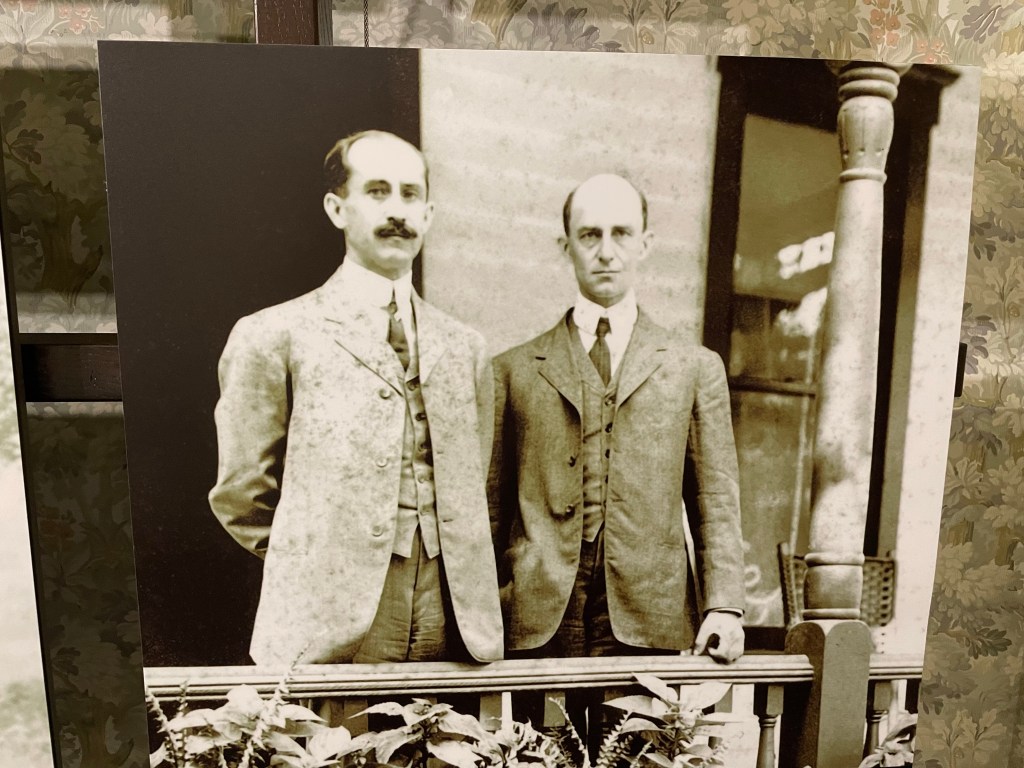
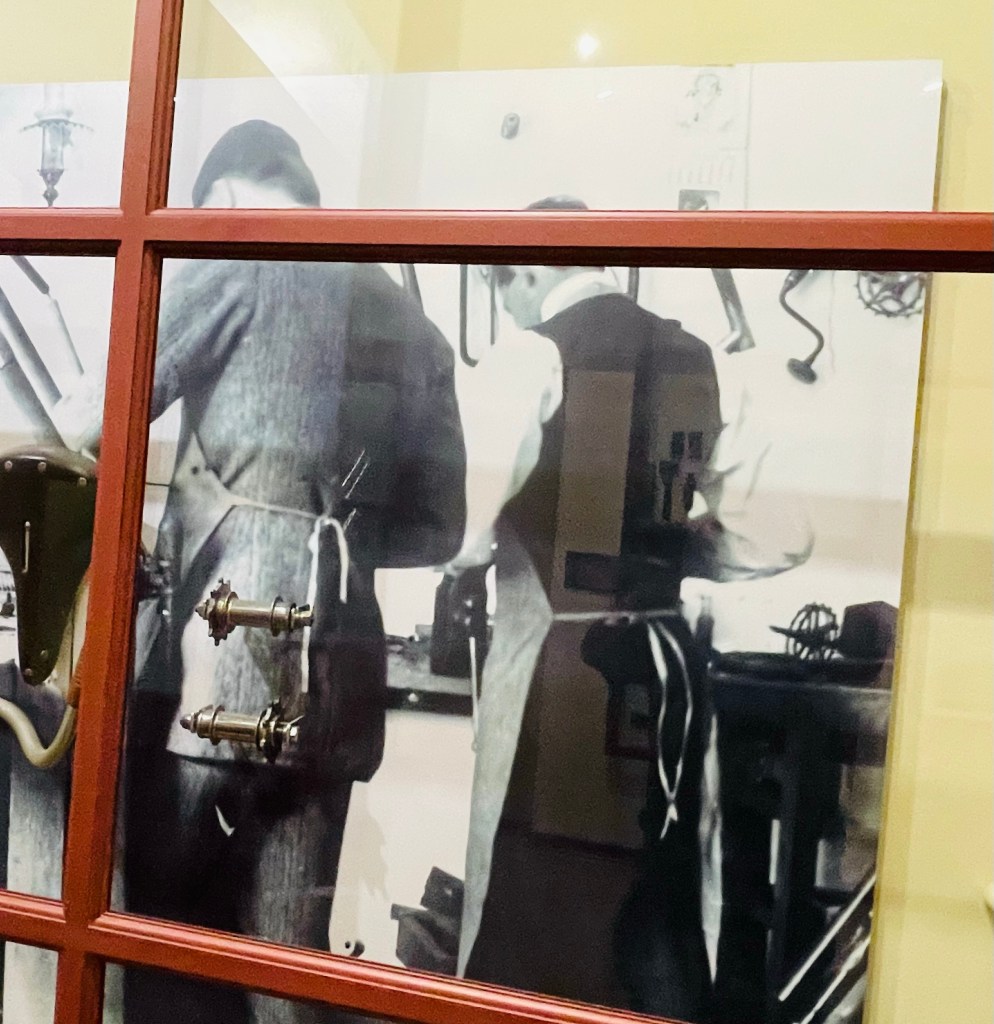







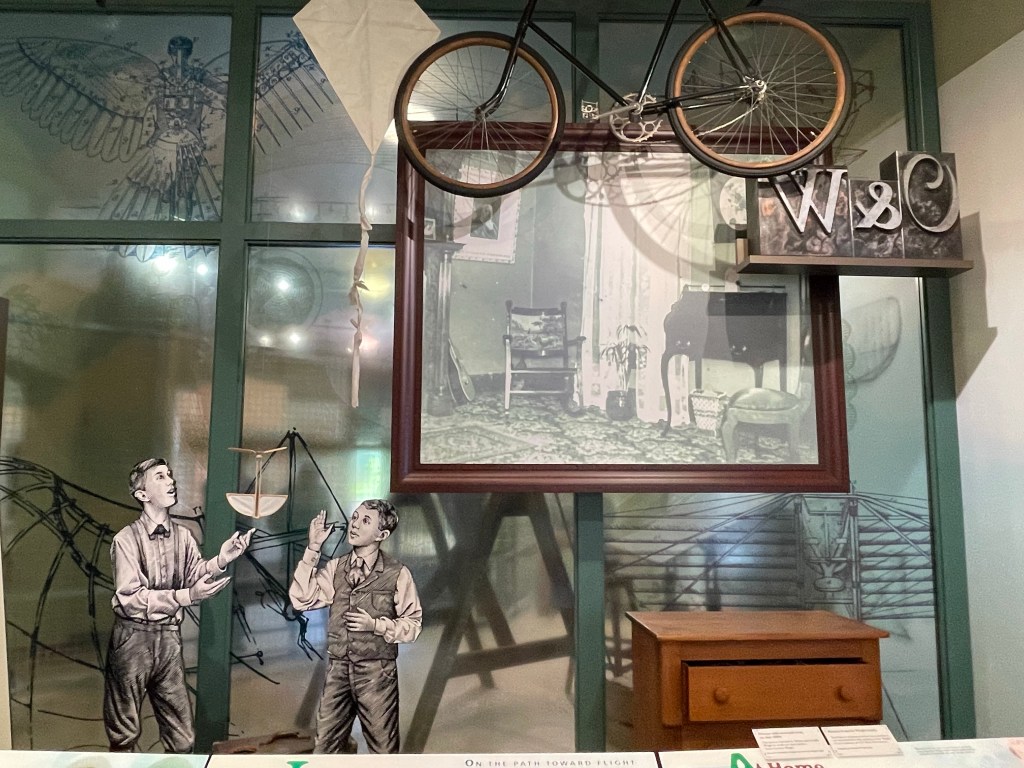

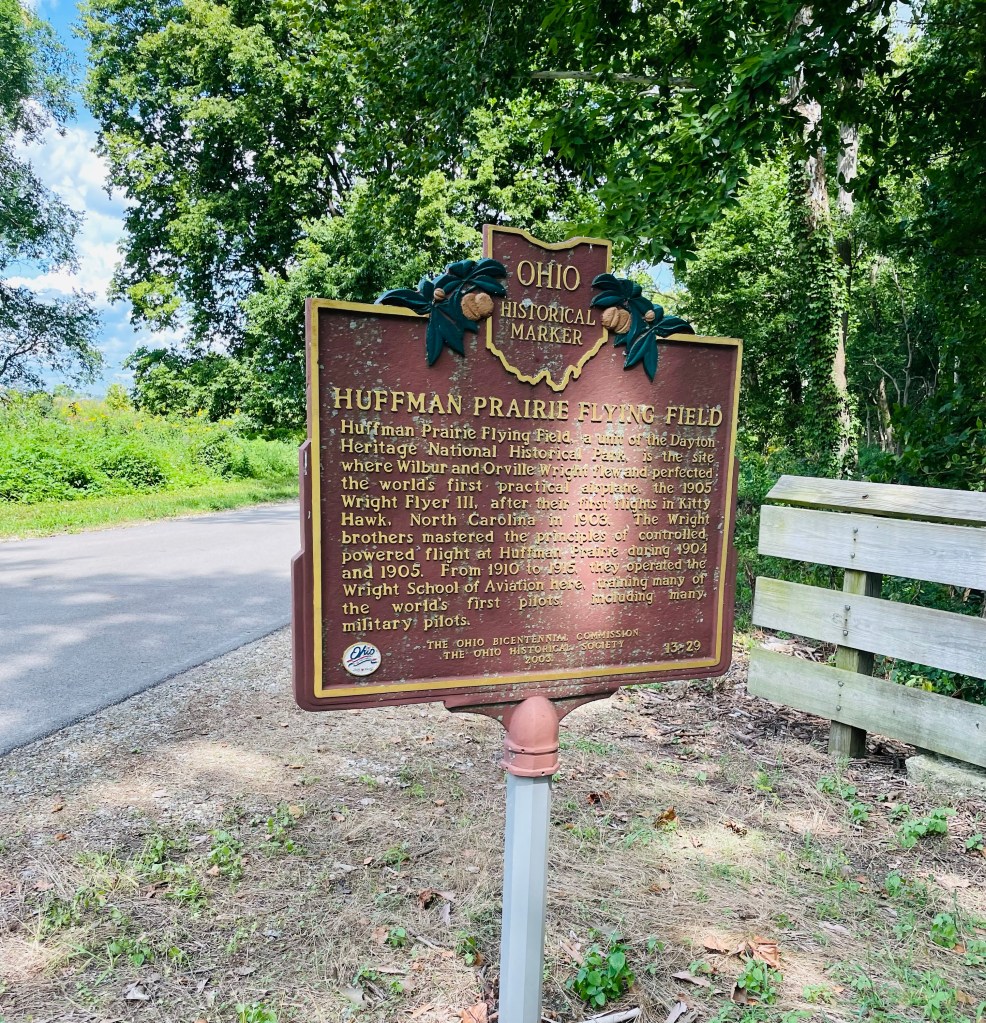





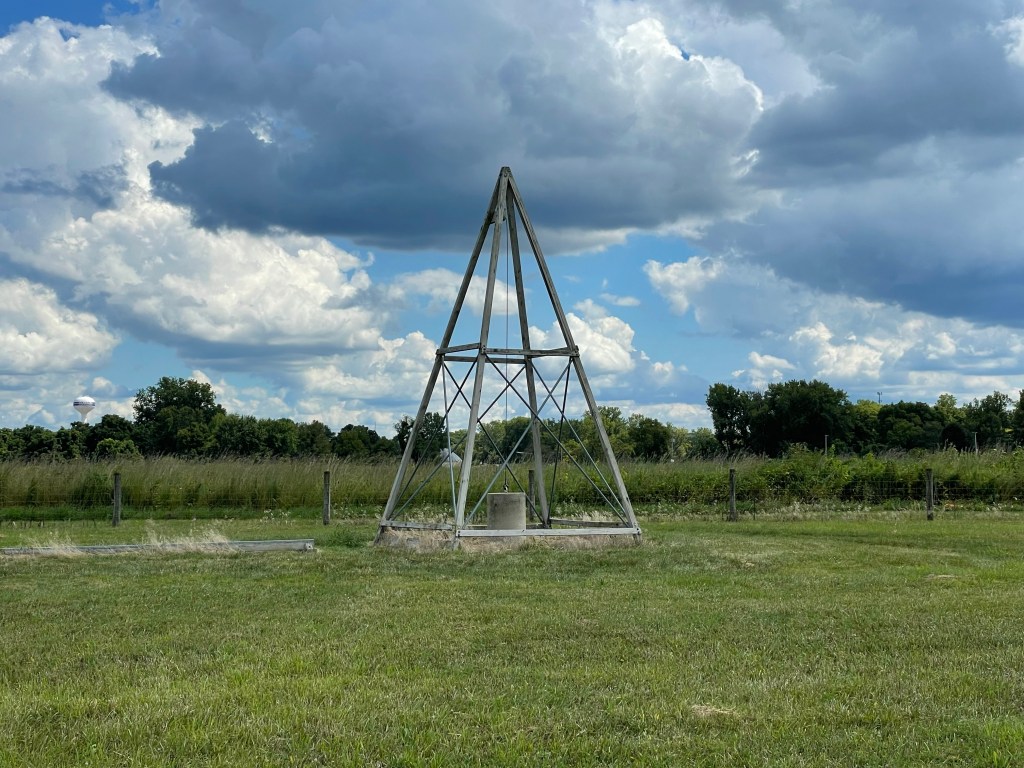



Thank you for the ping.
LikeLike
Beautifully written, informative, and educational post, usfman.
LikeLike
So nice to hear, Eugenia. Stay well.
LikeLike